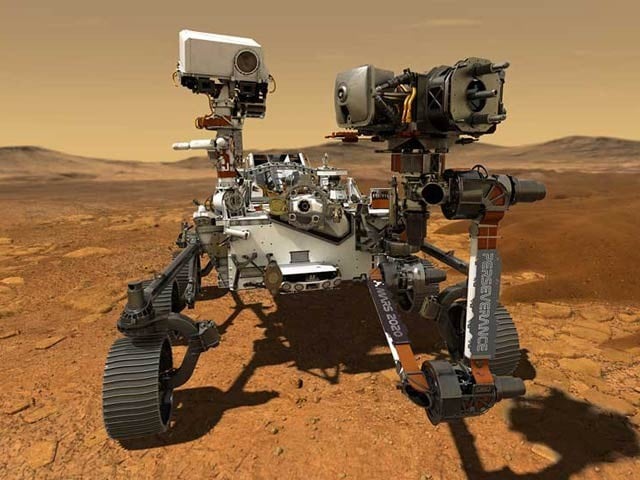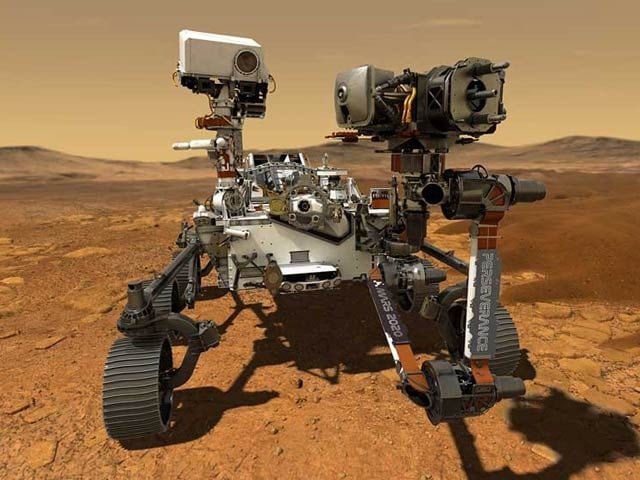
NASA’s Perservance rover has discovered organic compounds containing carbon on the surface of Mars. Photo: Courtesy of NASA
Florida: NASA has sent a rover named Perservance to Mars and now it is reported that it is very likely to have discovered organic compounds on Mars. This compound may be essential for life.
According to a report published in the weekly scientific journal Nature, the discovery suggests that the compound is likely part of a complex organic geochemical cycle that was previously poorly understood. A device named ‘Sherlock’, equipped with a robotic arm of the Preservationist, has discovered what is actually a collection of sentient devices.
We’ve been speculating about organic carbon on Mars for a long time, says Amy Williams of the University of Florida and NASA. But now traces of more complex organic compounds have been found, suggesting that life may have existed here in some form in the past.
Experts have seen signs that indicate a liquid process and it is said that this process may have created organic compounds on Mars. Thus, these important components have been there on Mars for much longer than we expected.
However, all scientists believe that it is now necessary to bring samples of Martian soil and rocks to Earth and analyze them in detail. But it can be an expensive, time-consuming and lengthy project. According to Dr. Amy, many types of organic carbon have been discovered there. It should be noted that Sherlock has examined the soil and surface with advanced methods that were not possible before.
These compounds have been found in a famous crater called ‘Jezero Crater’, where mud, carbonates and sulphite, which are the main minerals, have previously been found. Now we have found carbon in the same place.
(function(d, s, id){
var js, fjs = d.getElementsByTagName(s)[0];
if (d.getElementById(id)) {return;}
js = d.createElement(s); js.id = id;
js.src = “//connect.facebook.net/en_US/sdk.js#xfbml=1&version=v2.3&appId=770767426360150”;
fjs.parentNode.insertBefore(js, fjs);
}(document, ‘script’, ‘facebook-jssdk’));
(function(d, s, id) {
var js, fjs = d.getElementsByTagName(s)[0];
if (d.getElementById(id)) return;
js = d.createElement(s); js.id = id;
js.src = “//connect.facebook.net/en_GB/sdk.js#xfbml=1&version=v2.7”;
fjs.parentNode.insertBefore(js, fjs);
}(document, ‘script’, ‘facebook-jssdk’));



